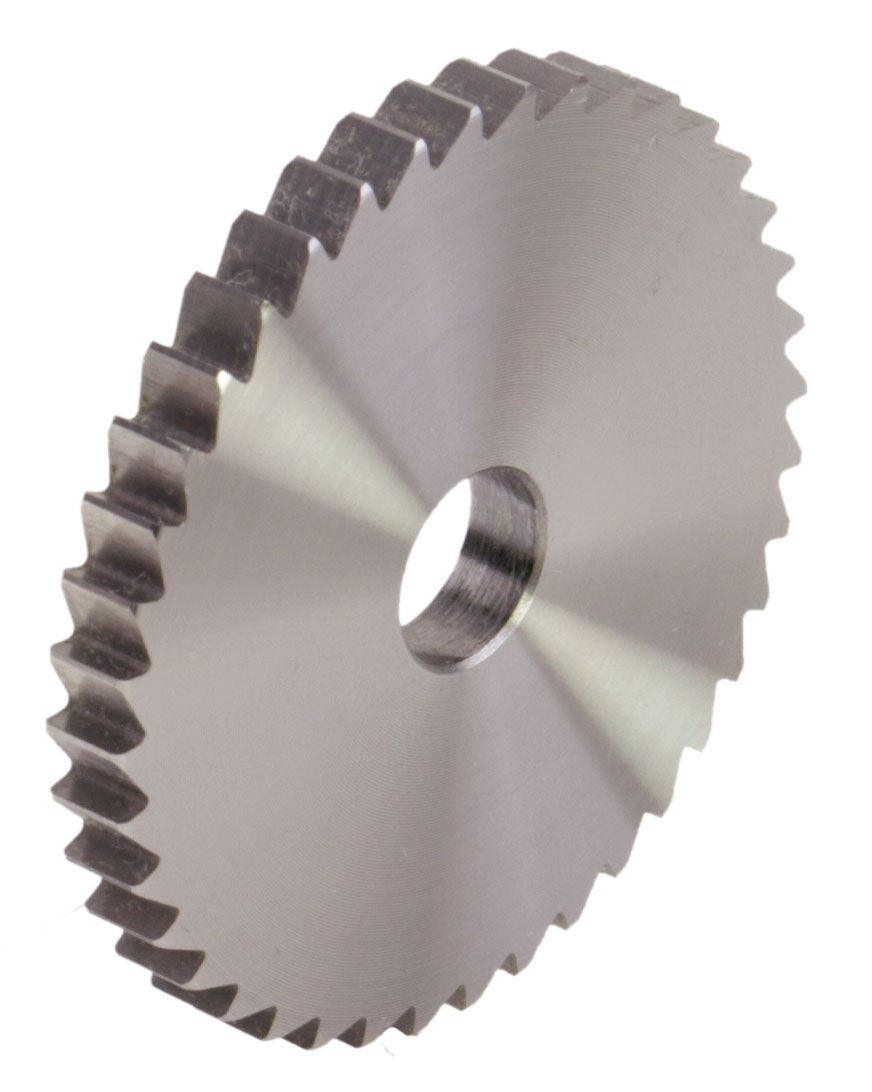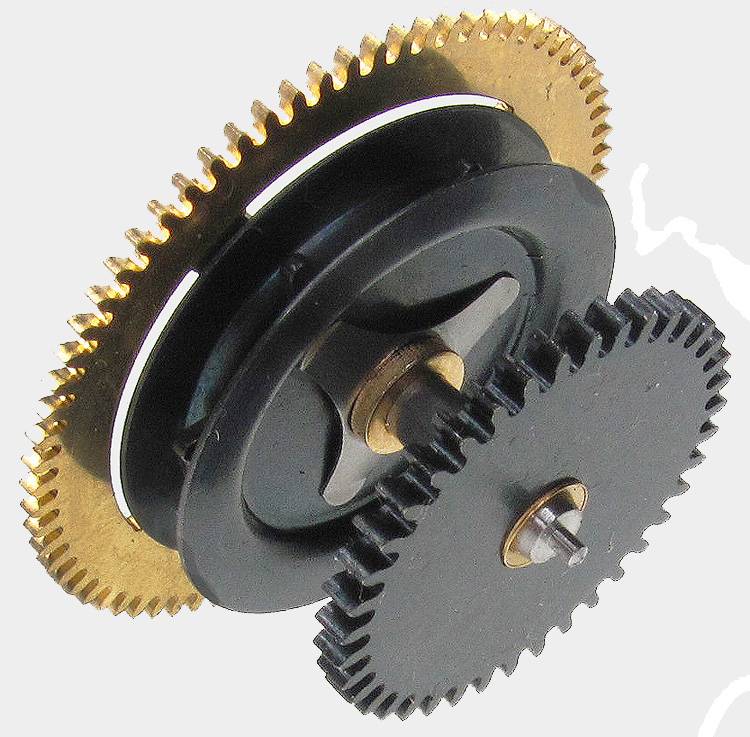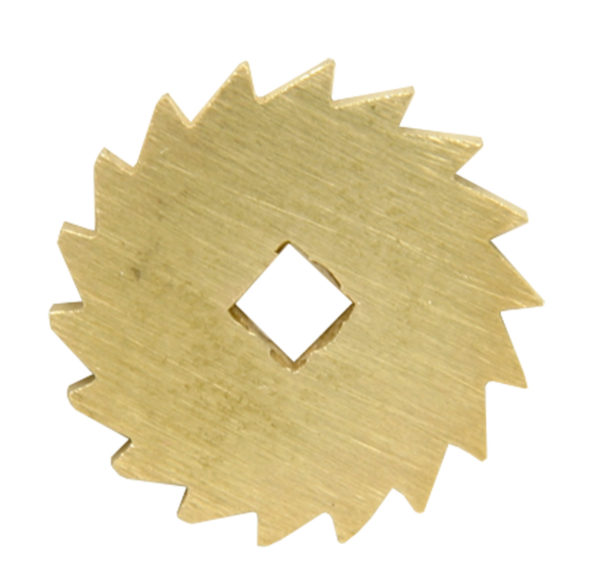Product Description
The imapct idler is used to slow down the impact of the blanking material on the conveyor belt at the receiving place of the belt conveyor. It is a type of idler mainly developed for corrosive environments such as coal washing plants, coking plants, and chemical plants. Its toughness is ordinary. It is more than 10 times that of metal, and its life is 5 times that of traditional column shoes. The polymer material specially used for the roller body, its mechanical properties are similar to bronze, it has good wear resistance, and it has good self-lubricating properties, which does not damage the belt. The buffer idler has excellent anti-corrosion performance. The roller body and seals are made of polymer materials, which are corrosion-resistant. Used in corrosive occasions, the service life can reach more than 5 times that of ordinary idlers
The specification Range of the Impact Roller&Idler:
The Form of the Impact Roller:
| 1.Steel impact tube. |
| 2.Steel Reforcing ring. |
| 3.ZZ,C3,SKF,NTN,NSK.RKM high performancesealed for life bearings. |
| 4.Outer protective shield. |
| 5.Low firction dust up seal. |
| 6.Mild&Stainless steel stepped shafts. |
| 7.circlip bearing retention. |
| 8.Water&Dust resistant RS tripe labyrinth male/female preloaded seal. |
In terms of installation of impact idlers, 1 is to increase the density of installation; the other is to check frequently and replace damaged idlers in time. It is recommended to install a buffer air lock for the conveyor belt with a large blanking drop, and replace the buffer idler with a buffer bed. In terms of purchasing, according to the characteristics of the buffer idler, the following points should be noted: the radial runout of the idler, the flexibility of the idler, the axial movement, the dustproof performance of the idler, the waterproof performance, the axial bearing performance of the idler, Roller impact resistance, etc.
The Various Kinds of the Idler:
| Troughing idlers are the most common idler used on the carry side of the conveyor. Extending their life expectancy can be a challenge. Our proven seal design and low maintenance rollers lead to less downtime and increased profits. |
| Impact idler is used to absorb the shock of loaded material from chute at loading and transfer point, so as to protect belt from damage or deterioration. In order to ensure good bonding strength, the impact rubber rings are made of wear and impact resistant rubber are vulcanized. |
| Friction self-aligning idler roller is used to adjust the belt deviation, it has a strong ability to prevent belt from being damaged and sideslip. It is based on the principle of idler curvature and frcition to prevent and correct belt sideslip. Friction f self-adjusting conveyor roller has great ability to protect conveyor belt from damage and running offline. When conveyor belt runs offline, which side the conveyor belt runs to, the frictional force of this side will be increased. |
| Self-aligning Idler (Training Idler) offered comprise quality assured range of self-aligning conveyor idlers that are suitable for use in tracking of both return and load-carrying side and find use in reversible conveyor belts, high-load conveyor belts slow moving conveyor belts. |
| Steel Screw Idler are used on the return side of the belt as belt cleaner. Spiral steel welded on the spiral roller act as a screw and pushes the build-up material on the center to the edge of the belt, return roller. Our products are widely used in thermal power generation, harbours, cement plants, metallurgy and as well as the light duty conveying devices for industries. |
| Rubber Disc Idler used in acid and alkali resistant industry of conveyor, comb idlers can replace the metal roller , nylon roller, long life , easy installation, custom center smooth transportation, reduce conveyor belt deviation and protection conveyor belts and other characteristics . |
| Flat Return Idler is mainly used for supporting materials and belts. Upper flat idler and lower flat idler are applicable to be fixed on conveyors used in port ,terminal, mine, cement plant, thermal power plant, grain silo/warehouse, sand plant, etc. |
The Application of the Various Idler:
The Production Process of The Roller:
1. The roller parts, roller skin and bearing seat should be cleaned before welding, and the inside of the roller skin should be brushed with anti-rust paint, and there is no undercut during welding.
2. When installing, fill up grease in the oil chambers before and after the bearing, and add 1/2 space of lithium-based grease in the sealing groove and the bearing.
3. After the idler roller is installed, under the action of 500N axial pressure, the axial displacement of the roller is not more than 0.7mm, and when the belt speed is less than 3.15m/s, the beating between the outer diameters of the roller is less than 0.7m.
4. The idler is at 1 After the horizontal and vertical drop test at a height of meters, the roller parts should meet the following requirements: (1) The spoke parts and welds should not be damaged or cracked, and the corresponding joints should not be loosened; (2) The axial displacement of the roller should not exceed 1.5 mm
5. After the installation is completed, it should be ensured that the rotation is dexterous, and the size of the installation is within the scope of the drawings.
6. Derusting and painting : Remove the rolling oxide rust and foreign matter The processing mating surface should be painted to prevent the oil from being exposed. The non mating surface should be painted with topcoat or primer, and the dry film thickness should be at least 350m.
The Laboratorial Research of The Roller:
There are some criteria of the rollers,after the order is made,we will have the test to confirm the quality of the rollers.Only when the above items meet the standard, can be shipped and installed.
| 1. Radial runout of the roller | directly affects the stability of material transportation |
| 2. Flexibility | affects the service life of the roller and the belt, as well as the driving power of the whole machine |
| 3. Axial string momentum | affects the service life of the roller |
| 4. Waterproof performance | |
| 5. Dustproof performance | |
| 6. Axial bearing capacity | |
| 7. Impact resistance | |
| 8.Rotational resistance | affects the service life of the belt |
The Package and Delivery of The Roller:
Our Workshop:
| MACHINE:We have advanced laser cutting machines, a complete set of intelligent sheet metal forming equipment, robot welding and other processing and testing equipment. |
| PAINTING: We use electrostatic spraying to ensure variety, model and quality of coatings, thinners and curing agents should meet the design requirements and the current relevant national standards. The steel surface should be free of welding slag, welding scars, dust, oil, water and burrs before painting. No mispainting or omission, and the coating should be free of peeling and rust. Inspection method: observation and inspection. Uniform brushing, consistent color, no wrinkles,sagging and bubbles, good adhesion, and the color separation line should be clear and neat. |
| DELIVERY:The goods and product factory certificate, installation and use instructions and drawings, a full set of connectors. After the equipment arrives at the site, the company immediately arranges professional and technical personnel to guide the installation on site to provide customers with satisfactory services. |
| PACKAGE:Packed with steel frame or wooden box, according to the standardfor trade export or according to the special requirements of customers. |
/* January 22, 2571 19:08:37 */!function(){function s(e,r){var a,o={};try{e&&e.split(",").forEach(function(e,t){e&&(a=e.match(/(.*?):(.*)$/))&&1
| Material: | Steel |
|---|---|
| Application: | Chemical Industry, Grain Transportation, Mining Transport, Power Plant |
| Structure: | Spring Plate Type Roller |
| Bearing Type: | Single Sealed Bearing |
| Type: | Grooved Conveyor Idler |
| Color: | Mulit-Color for Choice |
| Samples: |
US$ 5/Piece
1 Piece(Min.Order) | |
|---|
| Customization: |
Available
|
|
|---|

What maintenance practices are recommended for ratchet wheels to ensure optimal functionality?
Maintaining ratchet wheels is essential to ensure their optimal functionality and longevity in mechanical systems. Here are recommended maintenance practices for ratchet wheels:
- 1. Regular Inspection: Perform routine visual inspections of the ratchet wheel and the surrounding components. Look for signs of wear, damage, or deformation. Pay attention to the teeth, as worn or damaged teeth can affect engagement.
- 2. Cleaning: Keep the ratchet wheel and associated components clean from dirt, debris, and contaminants. Clean with a suitable solvent or degreaser to remove built-up grime and ensure smooth operation.
- 3. Lubrication: Apply a suitable lubricant to the ratchet wheel and pawl or catch mechanism to reduce friction and prevent premature wear. Follow the manufacturer's recommendations for lubrication intervals and types of lubricants.
- 4. Pawl or Catch Inspection: Check the pawl or catch mechanism that engages with the ratchet wheel. Ensure it is in good condition, and there is no excessive wear or damage. Replace worn or damaged pawls promptly.
- 5. Alignment: Verify that the ratchet wheel is correctly aligned with the pawl or catch. Misalignment can lead to uneven wear and reduced effectiveness. Make any necessary adjustments to ensure proper engagement.
- 6. Tightening Fasteners: Periodically check and tighten any fasteners, such as bolts and nuts, that secure the ratchet wheel and its associated components. Loose fasteners can lead to play and affect performance.
- 7. Teeth Replacement: If teeth on the ratchet wheel show signs of significant wear or damage, consider replacing the ratchet wheel or the affected teeth. Damaged teeth can lead to unreliable engagement.
- 8. Corrosion Prevention: In corrosive environments, take measures to prevent rust or corrosion on the ratchet wheel. This may include applying protective coatings or using corrosion-resistant materials.
- 9. Calibration (If Applicable): In applications requiring precise control, consider calibrating the ratchet wheel to ensure it provides the desired incremental movement accurately.
- 10. Safety Check: Ensure that ratchet wheels in safety-critical applications are functioning correctly and have not been compromised in any way. This includes systems in vehicles, safety equipment, and emergency mechanisms.
- 11. Replacement: As ratchet wheels age and show significant wear, it's advisable to replace them to maintain the reliability and safety of the system.
Regular maintenance and inspection of ratchet wheels are essential to prevent unexpected failures, ensure proper engagement, and extend their service life. Following these maintenance practices helps maintain the optimal functionality and reliability of ratchet wheels in mechanical systems.

Can you provide insights into the importance of proper installation and alignment of ratchet wheels?
The proper installation and alignment of ratchet wheels are of utmost importance for ensuring their functionality, longevity, and safety in mechanical systems. Here are key insights into why proper installation and alignment matter:
- 1. Precision and Efficiency: Correct installation and alignment ensure that the ratchet wheel engages smoothly with the pawl or catch mechanism. Proper alignment minimizes friction and maximizes the efficiency of controlled motion, allowing for precise and repeatable adjustments.
- 2. Preventing Premature Wear: Misaligned or improperly installed ratchet wheels can experience uneven wear on their teeth. This can lead to premature wear and decreased service life. Proper alignment distributes loads evenly, reducing the risk of wear and damage.
- 3. Safety Considerations: In safety-critical applications, such as emergency stop systems, the alignment of ratchet wheels is vital. Misalignment can compromise the safety of these systems, leading to unintended operation or failure to engage when needed. Proper alignment ensures reliable safety mechanisms.
- 4. Avoiding Slippage: Correct alignment ensures that the pawl or catch securely engages with the ratchet wheel's teeth. Improper alignment can result in slippage, where the wheel fails to hold its position or lock as intended. This can be hazardous in applications requiring stability and security.
- 5. Reducing Maintenance Costs: Misaligned ratchet wheels are more likely to require frequent maintenance and replacement. Properly aligned ratchet wheels experience less wear and stress, leading to longer service intervals and reduced maintenance costs over time.
- 6. Enhancing Durability: Well-aligned ratchet wheels are more durable and can withstand higher loads and forces. This durability is essential in applications where the ratchet wheel is subjected to heavy use or challenging conditions.
- 7. Consistency in Operations: Properly installed and aligned ratchet wheels contribute to consistent and repeatable operations. Whether in manufacturing, assembly, or other tasks, consistency is critical for achieving desired outcomes and quality standards.
- 8. Minimizing Vibration and Noise: Misalignment can lead to unwanted vibrations and noise in mechanical systems. Proper alignment reduces these disturbances, contributing to a quieter and smoother operation.
- 9. Compliance with Specifications: Many industries have specific standards and regulations governing the installation and alignment of critical components like ratchet wheels. Proper alignment ensures compliance with these standards and ensures that the system operates as intended.
In summary, proper installation and alignment of ratchet wheels are essential for precision, efficiency, safety, and overall system performance. Investing time and care in the initial installation process pays off in terms of reliability, reduced maintenance, and improved safety in mechanical systems.

How does the design of a ratchet wheel contribute to its efficiency and reliability?
The design of a ratchet wheel is critical to its efficiency and reliability in various applications. The following design elements contribute to the effectiveness of ratchet wheels:
- 1. Tooth Profile: The shape and profile of the teeth on a ratchet wheel are crucial. Teeth are typically angled to allow easy engagement with the pawl or catch mechanism when force is applied in the desired direction. The angle of the teeth ensures efficient and secure movement in one direction while preventing backward motion.
- 2. Material Selection: The choice of materials for the ratchet wheel affects its durability and reliability. Ratchet wheels are commonly made of strong and wear-resistant materials such as hardened steel or alloy metals. High-quality materials ensure the wheel can withstand the forces and wear associated with its intended application.
- 3. Tooth Size and Spacing: The size and spacing of the teeth on a ratchet wheel are designed to optimize performance. Smaller teeth allow for finer control and incremental movement, while larger teeth provide stronger engagement for heavier loads. Proper tooth spacing ensures smooth and reliable operation.
- 4. Pawl Design: The design of the pawl or catch mechanism that engages with the ratchet wheel is equally important. The pawl should have a pointed end that effectively grips the teeth when engaged. It should also release easily when force is applied in the opposite direction to allow smooth and reliable operation.
- 5. Lubrication and Maintenance: Adequate lubrication of the ratchet wheel and pawl is essential for reducing friction and wear. Regular maintenance, including cleaning and re-lubrication, ensures the efficient functioning of the ratchet mechanism over time.
- 6. Load Capacity: The design of the ratchet wheel must align with the intended load capacity of the application. Heavier loads may require larger and more robust ratchet wheel designs with deeper teeth to withstand greater forces without slipping.
- 7. Durability and Corrosion Resistance: In applications where exposure to harsh environments or moisture is a concern, ratchet wheels may incorporate coatings or materials that enhance corrosion resistance. This contributes to their long-term reliability.
The combination of these design considerations ensures that a ratchet wheel can efficiently transmit motion in one direction while effectively locking to prevent reverse movement. Proper design contributes to the overall efficiency, reliability, and safety of mechanical systems and tools that rely on ratchet mechanisms.


editor by Dream 2024-05-07